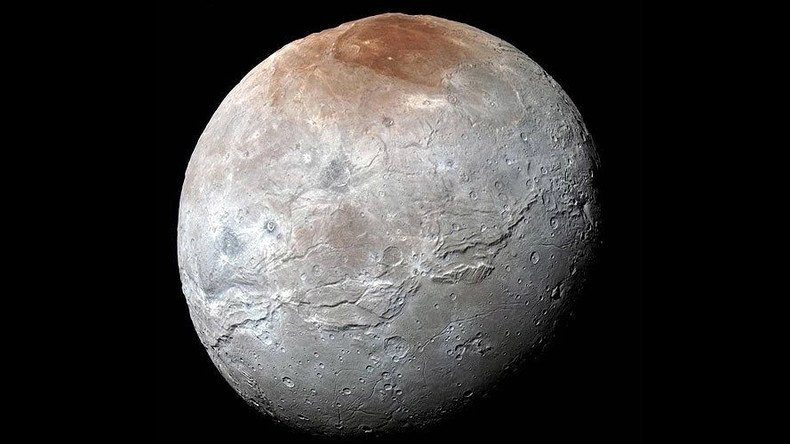Mysterious x-rays coming from Pluto leave scientists baffled

A space observatory has detected X-rays coming from Pluto, despite the fact that scientists believe that the dwarf planet is incapable of producing high-energy photons.
The X-rays were detected by NASA’s Chandra X-ray Observatory on four separate occasions between February 2014 and August 2015.
X-rays are usually produced by the interaction of solar wind, the flow of charged particles from the sun, and the neutral gas atoms around a planet or comet.
READ MORE: NASA releases spellbinding details of Pluto’s surface (PHOTO, VIDEO)
Scientists did not think it was possible for Pluto to produce x-rays because, when the New Horizons spacecraft flew by it in 2015, it found that the dwarf planet has no measurable magnetic field and its atmosphere is a very tenuous layer of gases.
However a new study has found that a very small amount of x-rays are still leaking from the planet.
READ MORE: Scientists reveal how Pluto got its mysterious love heart
Chandra detected 174 kiloseconds worth of X-rays ‒ amounting to just seven photons ‒ over the course of about two days’ observation time. This is a tiny amount of data, but is still considerably more than the researchers were expecting, and they are struggling to explain why the X-rays are there, as the paper The Puzzling Detection of X-rays From Pluto by Chandra outlines.
One year ago, @NASANewHorizons spacecraft made its historic #PlutoFlyby. Take a look: https://t.co/eGXN8bhR7i#TBTpic.twitter.com/KVh8NnyFOd
— NASA (@NASA) July 14, 2016
It’s thought that the observation could lead to further discoveries. Pluto is the largest entity in the Kuiper belt, an icy disk in the solar system that is largely made up of small bodies. Scientists believe that if the X-rays coming off Pluto are also being emitted by other objects in the belt, then X-ray observations could help find them.












